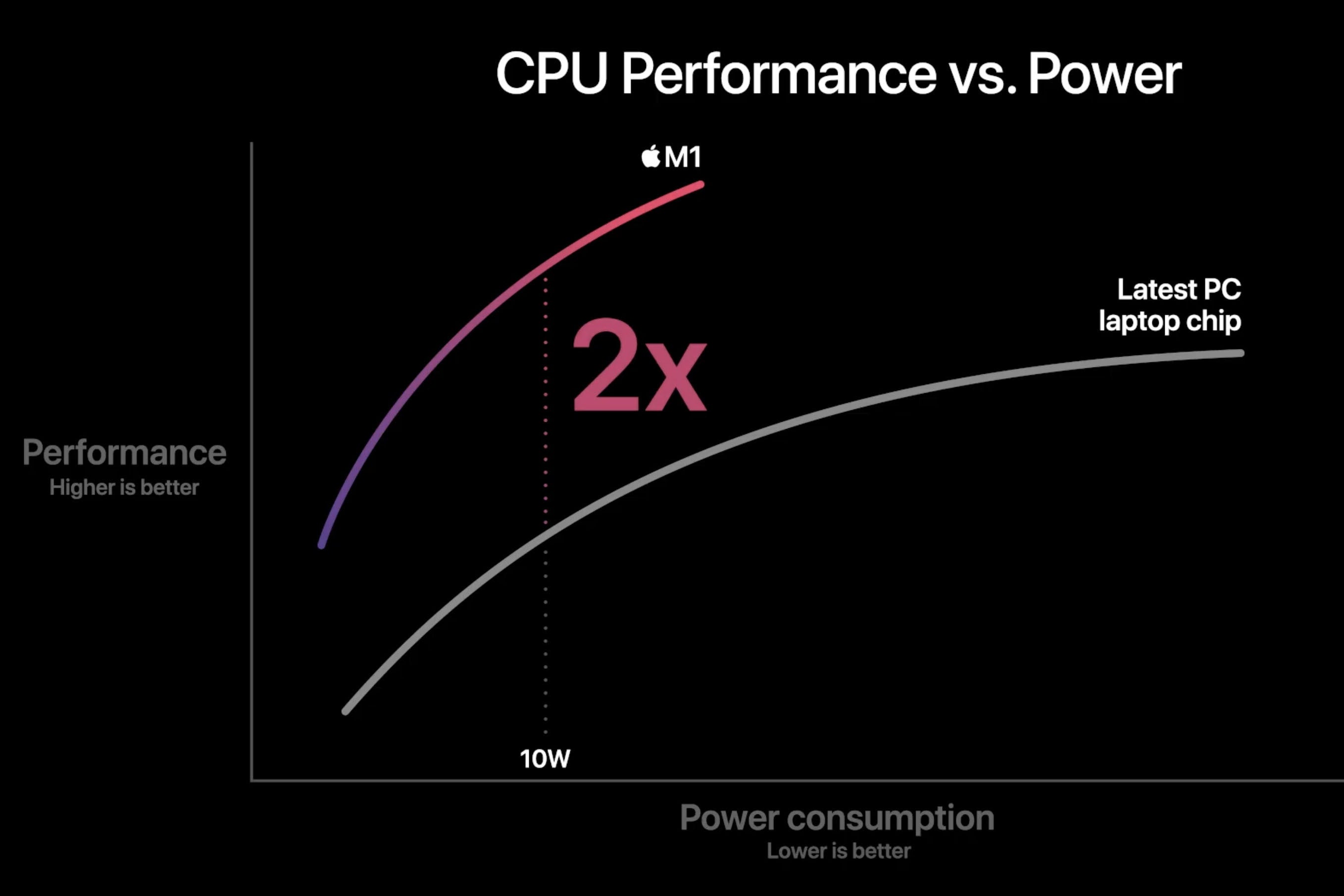What is the Apple M1 Chip?
The Apple M1 chip is a system-on-a-chip (SoC) designed by Apple specifically for use in Macs. It is the first chip that Apple has designed specifically for their Mac lineup, and it represents a significant departure from the Intel chips that have powered Macs for the past 15 years.
The M1 chip combines several different components into a single package, including the CPU, GPU, RAM, and other system components. By integrating all of these components onto a single chip, Apple is able to achieve better performance and power efficiency than would be possible with separate components.
Key Features of the Apple M1 Chip
The Apple M1 chip boasts several impressive features, including:
- CPU Performance: The M1 chip features an 8-core CPU, with 4 high-performance cores and 4 high-efficiency cores. This allows the chip to balance performance and power efficiency, resulting in faster and more responsive performance.
- GPU Performance: The M1 chip also includes an 8-core GPU, which delivers up to 8 times faster graphics performance compared to previous Macs. This makes the M1 chip ideal for demanding tasks such as video editing and gaming.
- Neural Engine: The M1 chip also features a 16-core Neural Engine, which is designed to accelerate machine learning tasks. This makes the M1 chip ideal for tasks such as image and speech recognition.
- Power Efficiency: Thanks to its integrated design, the M1 chip is incredibly power efficient. This means that Macs powered by the M1 chip can deliver all-day battery life, even under heavy use.
- macOS Compatibility: While the M1 chip represents a major shift in hardware design for Apple, it is still fully compatible with macOS. This means that users can continue to use all of their favorite apps and software, even on Macs powered by the M1 chip.
Performance of the Apple M1 Chip
So how does the Apple M1 chip actually perform in real-world use? The early results are very promising. In benchmarks, the M1 chip has been shown to outperform even high-end Intel-powered Macs in certain tasks. For example, in a test of video encoding performance, the M1-powered MacBook Pro was able to encode a 4K video in just over 4 minutes, while a similarly specced Intel-powered MacBook Pro took over 11 minutes.
In addition to raw performance, the M1 chip also offers better power efficiency than previous Macs. This means that even with its impressive performance, Macs powered by the M1 chip can deliver all-day battery life.
Conclusion
The Apple M1 chip represents a major shift in hardware design for Apple, and it promises to deliver some impressive performance gains for Mac users. With its integrated design, powerful CPU and GPU, and impressive power efficiency, the M1 chip is poised to become the standard for future Macs. If you're in the market for a new Mac, it's definitely worth considering one powered by the M1 chip.


